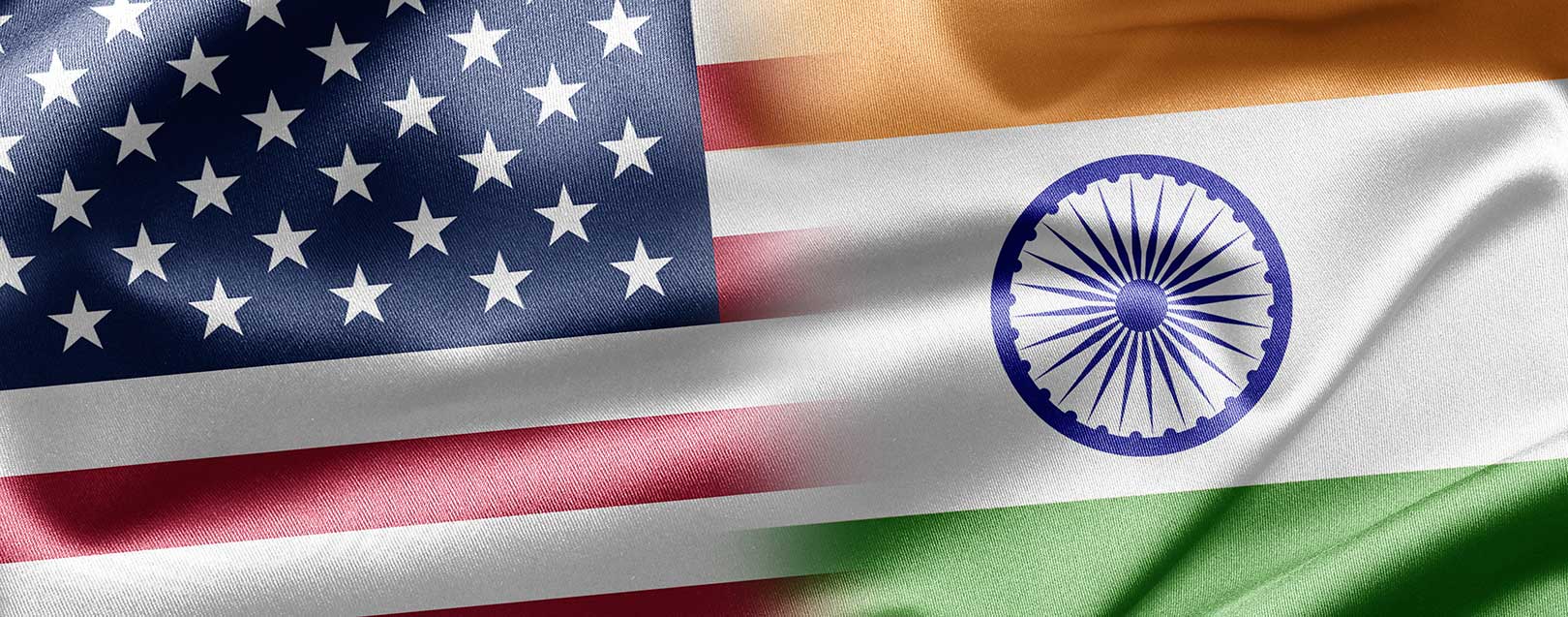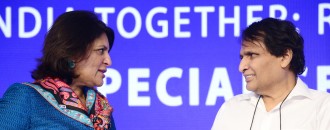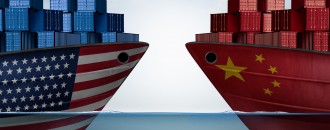
US’ exports to India up 18.7%, trade deficit down 5.9%; still concerns over tariffs
The Dollar Business Bureau
The US exports to India were increased by 18.7% and the trade deficit between the two nations has declined by nearly 6% in 2017 over the previous year, but still the US continue to complain on various issues including high tariffs and market access to several American goods being shipped to India.
“The US goods trade deficit with India was $22.9 billion in 2017, a 5.9% decrease ($1.4 billion) over 2016,” according to the National Trade Estimate 2018, an annual report released by the United States Trade Representative (USTR).
India is among the few nations with which the trade deficit of the US has dropped in the past one year.
However, the US administration under President Donald Trump continued to harp India on several issues related to high tariff, market access and protection of intellectual property (IP), said the report.
“In 2017, India implemented price controls on coronary stents and knee implants that do not fully differentiate for advanced technologies within a product class,” it added.
The US exported $25.7 billion worth of goods to India in 2017, an increase of 18.7% compared to a year ago. On the other hand, India’s exports to the US rose by 5.6% to $48.6 billion, making America the 15th biggest market for India’s goods export in 2017, according to the report.
Similarly, exports of services from the US to India were estimated at $23.1 billion last year, whereas US imported $28.7 billion worth of services, the annual report said.
On investment front, the foreign direct investment (FDI) from US into India (stock) was $32.9 billion in 2016 (latest data available), an increase of 10% from 2015. The FDI from the US into India is led by professional, scientific, and technical services as well as manufacturing, and wholesale trade, it said.
According to the report, India continues to keep some of the highest average tariff rates globally. The huge gap between India’s WTO bound and applied tariff rates allows India to make frequent adjustments to the level of protection provided to domestic producers by modifying tariff rates.
For instance, in 2017 India raised the tariffs on pulses imports from zero to 30% and 50%. It also increased tariffs on some high-tech information and communication technology (ICT) products from zero to between 10% and 20%. The American firms have raised concerns regarding these measures, it alleged.
“The US continues to raise these concerns through bilateral engagement with the Indian government, including through the US-India Trade Policy Forum,” the USTR said.





